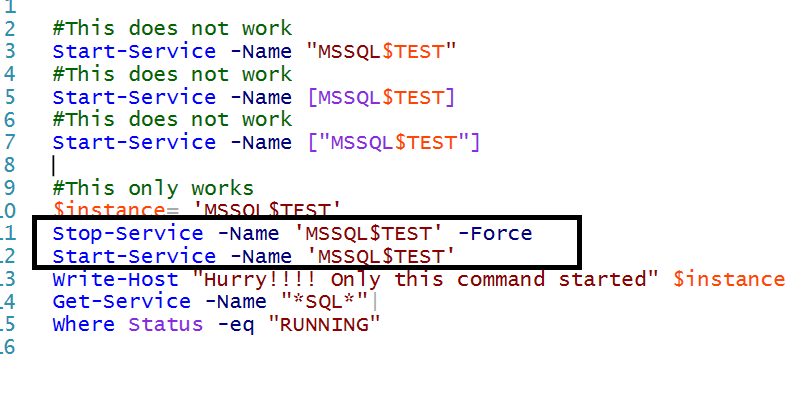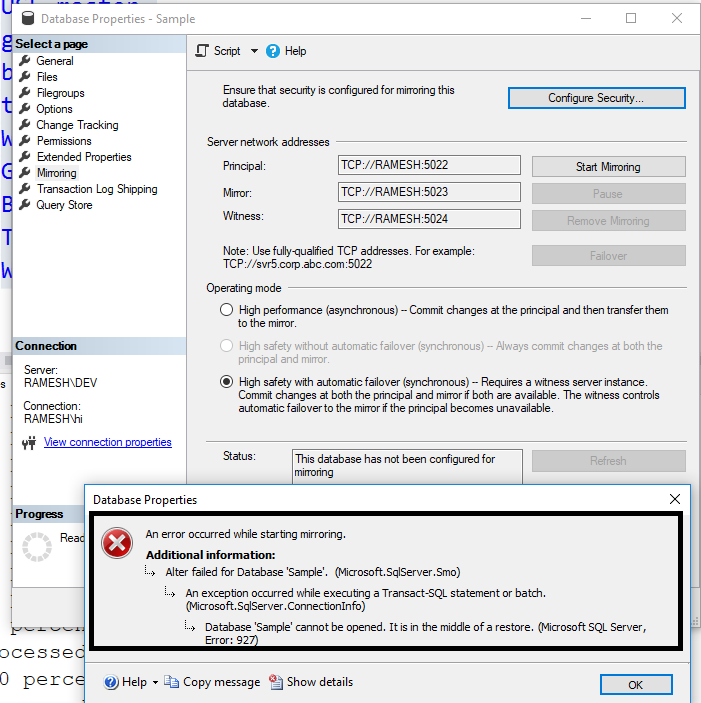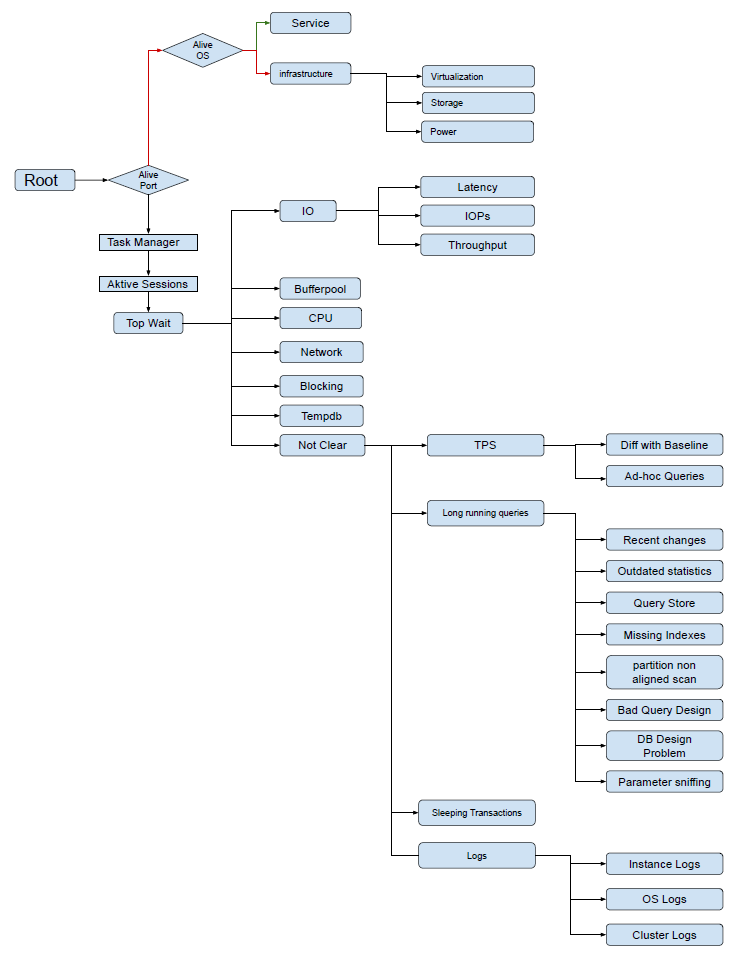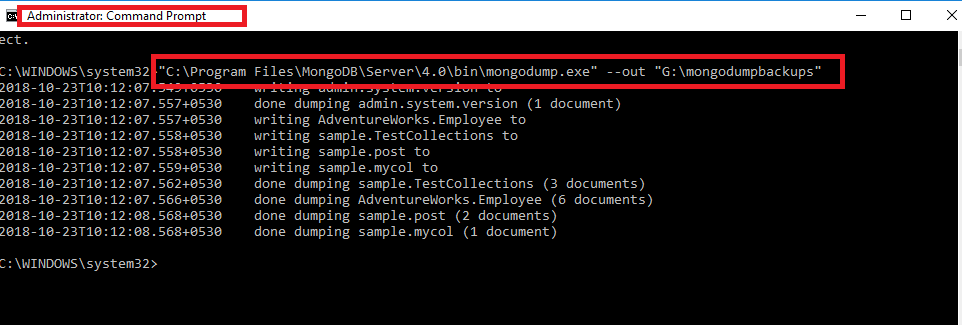CLEAR # This will output specific details for mountpoints $TotalGB = @{Name = "Capacity(GB)" ;expression = { [ math ]:: round(( $_ . Capacity / 1073741824 ) , 2 )}} $FreeGB = @{Name = "FreeSpace(GB)" ;expression = { [ math ]:: round(( $_ . FreeSpace / 1073741824 ) , 2 )}} $FreePerc = @{Name = "Free(%)" ;expression = { [ math ]:: round(((( $_ . FreeSpace / 1073741824 ) / ( $_ . Capacity / 1073741824 )) * 100 ) , 0 )}} function get-mountpoints { $volumes = Get-WmiObject win32_volume -Filter "DriveType='3'" $volumes | Select Name , Label , DriveLetter , FileSystem , $TotalGB , $FreeGB , $FreePerc | Format-Table -AutoSize } get-mountpoints ------another query we can use the below one clear #servername $servers = @( "server1" , "server2" ) Get-WmiOBject ` -ComputerName $servers ` -Class Win32_Volume | Select-Object @{N = "Name" ;E






